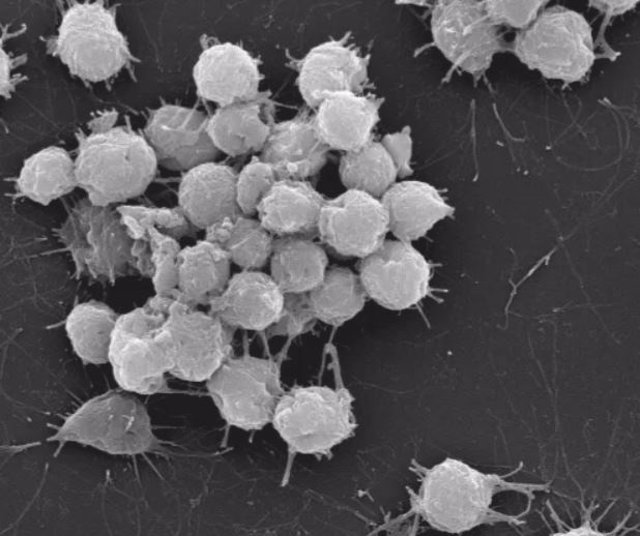
25 Apr. (EUROPE PRESS) –
The first animal probably used chemical signaling to evolve from a single cell to a multicellular organism, a new study concludes. new research published in the journal PNAS.
The findings provide new information about how one of the largest transitions in the history of life on Earth likely occurred.
JP Gerdt, an assistant professor of chemistry in the Indiana University Bloomington College of Arts and Sciences, led the study, along with Núria Ros-Rocher of the Barcelona Institute for Evolutionary Biology.
“The general opinion is that animals evolved from a single-celled organism, and this research helps explain how it could have happened and how those cells chose to be together or alone” Gerdt said. “Our results help us understand more about the earliest animals and their ancestors.”
The study focused on one of the animals’ closest living relatives, Capsaspora owczarzaki, which lives in snails. Capsaspora can form multicellular aggregates, cells that clump together and adhere to each other, in a similar way to sponges or hydra.
In conducting their study, the researchers systematically added and removed components of a liquid growth medium to Capsaspora to determine which components regulated cell adhesion. They found that calcium ions and lipids stimulated multicellular aggregation. They also found that the process was reversible. and that when the lipoproteins decreased, the cells separated.
“The transition from being a single cell to a multicellular organism is a big step,” Gerdt said. “We now have a better understanding of how the ancestors of the animals could have made that change using chemical signals.”
Gerdt is working on additional studies related to Capsaspora. The snail in which Capsaspora resides transmits a parasitic disease, and Capsaspora can kill the worm that causes the disease. If researchers can determine how the organism does that, there could be future medical applications.
The ongoing research aligns with the mission of the Gerdt Lab at IU Bloomington, where chemists are trying to discover the chemical “languages” of microorganisms. Microbes use chemicals to communicate with each other and then use other chemicals to cooperate or compete with each other.. Gerdt’s lab is a team of molecular sleuths applying chemical tools like mass spectrometry and nuclear magnetic resonance spectroscopy to figure out which molecules trigger cooperative and competitive responses in microbes, the university reports.
Ultimately, they hope to use this knowledge to devise new approaches to defeat pathogens and promote microbiomes that help humans.


![[Img #74661]](https://thelatestnews.world/wp-content/uploads/2024/12/The-power-of-ultrasound-150x150.jpg)









![[Img #74661]](https://thelatestnews.world/wp-content/uploads/2024/12/The-power-of-ultrasound-300x200.jpg)

